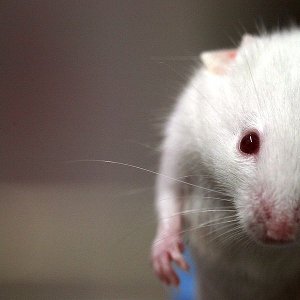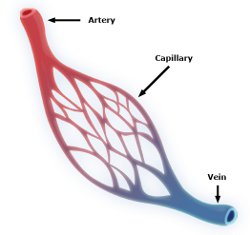
As anyone who watches movies like Contagion knows, there are usually a few people who happen to have the right genetics to resist certain virus-causing diseases. Turns out that stories like these are based on fact.
For example, some people reacted less strongly to or were even immune to diseases like the Spanish flu or HIV. And the same may be true for Ebola as well.
Ebola has been ravaging Western Africa for most of 2014 with the numbers of people dying going up day by day. But not everyone who is infected dies. In fact, many people have much less severe symptoms suggesting that perhaps their personal genetics might make them less susceptible to the disease.
Working in a high tech, Ebola-safe lab in Montana, a group of scientists have found that some mice deal better with an Ebola infection than do others. These researchers looked at 47 genetically distinct lines of mice and found a range of responses from shrugging off the infection to dying horribly. The only differences between these lines were their genetics.

This is the first time scientists have been able to recapitulate an Ebola infection in mice. At the very least, the susceptible mice from this study may one day serve as a model system for studying new Ebola treatments. And if human and mouse genetics are similar enough, the resistant ones just might lead us to new treatments as has happened with HIV and AIDS.
